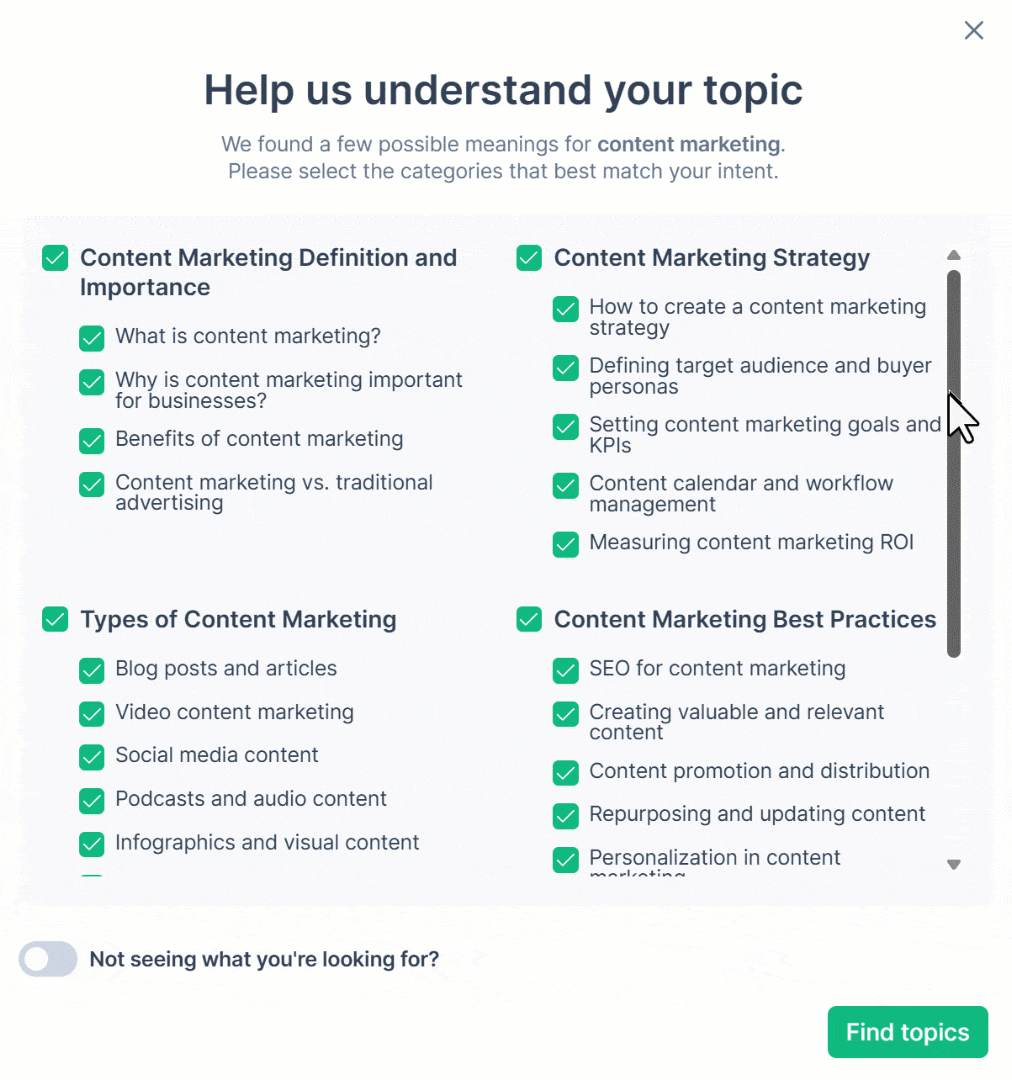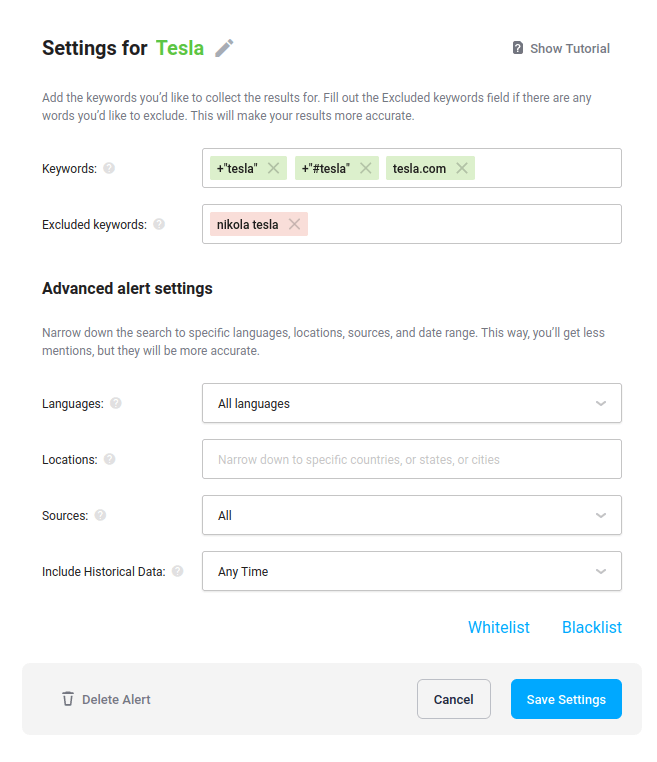8028
•
16-minute read


Remember when SEO meant climbing Google’s ladder, one keyword tweak at a time? Those days feel almost gone.
Now, instead of ten blue links, you’re up against chatty robots that read the whole internet, remix it, and then decide whose name to casually drop in their answers.
That’s where Generative Engine Optimization (GEO) comes in — less about rankings, more about being the source an AI trusts enough to quote.
Terms like GEO, AEO, and LLM SEO may sound a bit overhyped, but the shift behind them is real. Search engines are turning into answer engines — and if brands don’t adjust, they risk being left out of the answers users actually see.
In this guide, we’ll unpack what GEO really is, how it fits into the bigger SEO picture, and what you can do today to make AI assistants choose your content as their go-to citation.
Generative engine optimization — shortened to GEO — is the craft of making your content visible inside the synthesized answers produced by AI-driven platforms like Google’s AI Overviews, Perplexity, ChatGPT Search, Claude, or Gemini.
Where traditional SEO is about climbing search rankings, GEO is about being woven into the answer itself. Generative engines prefer content that feels credible, evidence-backed, and semantically rich — something they can confidently pull into a response without confusing context or outdated details.
It sounds simple enough — “write good content and the AI will cite you” — but under the hood it’s more complex. These systems don’t stop at indexing; they parse meaning, weigh authority, and then recombine multiple sources into a single narrative. If your content isn’t structured for easy extraction, you’re invisible, no matter how polished your old-school SEO is.
The goal of GEO is straightforward — train AI assistants to treat your brand as the reliable voice worth quoting. That way, whether a user asks for the fastest way to pickle red onions, the safest EV battery on the market, or the difference between LLM SEO and AEO, your content is the one being surfaced in the generative answer.
Think of SEO and GEO as siblings — raised in the same house, but with very different personalities. SEO is the meticulous one, forever tweaking metadata and chasing backlinks. GEO is the social butterfly, more interested in being quoted at the dinner table than sitting quietly in the rankings chart. Both matter, but they play different games.
| Aspect | SEO | GEO |
|---|---|---|
| Goal | Rank pages in Google | Be cited in AI-generated answers |
| Format | Full web pages | Modular, extractable content chunks |
| Tactics | Keywords, backlinks | Context, semantics, citations |
| Experience | Click-through to websites | Direct answers with optional sources |
| Metrics | Rankings, traffic, conversions | Mentions, inclusion rate, brand share |
| Result | Drive visits | Influence AI responses and brand trust |
Traditional SEO is about visibility in search results — the higher you rank, the more likely you are to win the click. GEO flips that logic. Its aim is visibility inside the answer itself. AI engines don’t care if you’ve hit your keyword density quota — they care if your explanation is clean, reliable, and easy to fold into their generated summaries.
SEO taught us to optimize long-form web pages with carefully placed keywords, meta descriptions, and headers. GEO demands bite-sized, modular content that can stand alone — a crisp paragraph, a structured list, or a well-labeled video clip. Today’s generative engines are multimodal, so being text-only is like showing up to a film festival with just a screenplay.
SEO’s playbook relied on keywords and backlinks — practices that once felt cutting-edge but now read a bit dated, like clown wallpaper in a kid’s room. GEO instead rewards context, semantic richness, and citations. The more your content resembles a trusted reference, the more likely an AI is to reuse it.
With SEO, you’ve “won” when users click through to your site. With GEO, the win often comes before the click — when your brand name appears inside an AI answer. That can feel counterintuitive, even scary, for businesses dependent on traffic. But the flipside is encouraging: when users do click through from an AI result, they’re usually more qualified. They’ve already seen your credibility vouched for by the AI, so they arrive with intent, not just curiosity.
SEO has well-defined scorecards — rankings, sessions, conversions. GEO is still the Wild West. We’re asking new questions: How often are we cited? What share of AI answers mention us? Do these mentions trigger brand searches?
SEO’s north star is straightforward — drive traffic to your website. GEO’s is subtler — influence the AI narrative. When your content shows up in answers, you’re building visibility, authority, and brand equity in spaces users increasingly trust. In other words, GEO isn’t about replacing SEO. It’s about making sure that when search turns conversational, your voice is part of the dialogue.
The truth is, much of GEO builds on foundations you already know from SEO. Clear writing, structured pages, and credible sources still matter — whether the reader is a human or a generative engine.
What’s different is the lens. Instead of optimizing for rankings alone, you’re optimizing to be quoted. And while no one — not even the folks building these AI systems — has a full playbook yet, we do know enough to start shaping content in ways that make it easier for AIs to recognize, trust, and cite.
Strong SEO is still the entry ticket to GEO. In fact, our research shows that over 40% of Google AI Overview citations come from pages already ranking in the top 10.
That doesn’t mean lower-ranked content is invisible — engines like ChatGPT and Perplexity often pull from sources far outside Google’s first page. But if your fundamentals are weak, you’ll struggle to get noticed at all.
At a minimum, make sure the following boxes are checked:
Nail these essentials and you’ll have the foundation to layer on GEO-specific tactics — the part that gets your brand cited in AI answers.
New to SEO? Check out our detailed SEO checklist — it walks you through 40 essential steps to optimise any website for search engines
Optimizing for GEO starts with listening. People don’t talk to AI engines the way they type queries into Google — instead of blunt keywords like “best CRM software”, prompts sound more like conversations: “What’s the easiest CRM for a small team that hates spreadsheets?” If you want AI systems to surface your brand, you need to understand that shift in language.
There are a few smart ways to get inside those conversations:
Mine your own data — Google Search Console can expose the long, question-style searches already leading to your site. A regex filter ([^” “]*\s){10}? helps you pull out queries with 8, 10, or more words — often the same natural phrasing that shows up in AI prompts.
To apply a regex filter, go to Performance > Search results, click Add filter, choose Query, select Custom (regex) from the drop-down, enter the required filter, and click Apply.
This regex filter will show you all long-tails containing more than 10 words:
Use keyword research tools - Rank Tracker now lets you see which of your keywords trigger Google’s AI Overviews, and whether your site gets a mention. That’s not just rank tracking — it’s a window into how generative search is reframing your niche. Here’s how to use it:
In the Keyword Research module, open the Ranking Keywords feature. Enter any target domain and switch the drop-down filter from organic to AIO Rank.
This shows you a list of keywords where that domain is included in Google’s AI Overviews. Run it on your own site to discover the exact queries already giving you visibility in AI results.
The same workflow applies to the Keyword Gap feature. First, add multiple competitor domains. Then, instead of organic keywords, switch the view to AIO Rank, and choose "Competitor keywords" (any competitor, but not your site).
Go where people ask for help — Reddit, Quora, and even niche Discord groups are full of raw, unpolished questions. These are the same communities AI engines love to mine when composing answers.
The takeaway? GEO research isn’t about stuffing another spreadsheet with keywords — it’s about mapping the questions people actually ask out loud. Once you know how your audience speaks, you can shape content that fits seamlessly into the answers AIs are already writing.
If traditional SEO was built around keywords, GEO is built around topics. AI engines don’t just look for the one article with the exact phrase match — they try to understand which sources have the fullest, most reliable coverage of a subject. In other words, keywords are the bricks, but topics are the blueprint. Without the blueprint, the bricks don’t matter.
That’s why building topic-first content ecosystems is critical. Instead of scattering one-off keyword articles, group related queries into clusters that together answer the bigger question. Cover the fundamentals (“What is X?”), the comparisons (“X vs Y”), the use cases (“Best tools for Z”), and the follow-ups that naturally flow from the main query. This layered approach tells AI systems that your site is the go-to resource on the subject.
Tools like RankDots can help here by clustering semantically related keywords into complete topic maps, showing you where your content is strong and where gaps remain. And it’s super easy to start working with it.
Enter your main topic keyword — for example, content marketing — select your target country, and click Find opportunities. In seconds, the tool generates a preliminary topic map. From there, you can review the results and deselect any subtopics that don’t fit your focus.

Next, RankDots runs an in-depth topical analysis — pulling not just topics and subtopics, but also the related keywords and key metrics like search volume, difficulty, traffic potential, and intent.
Select the topics with the strongest traffic potential and start creating content with the built-in AI Content Editor. This approach lets you build robust topic clusters and cover dozens of related questions and discussions in just a few days.
When every question in a niche is mapped and answered, you’re no longer just ranking for terms — you’re building an authority that AIs can confidently cite.
In GEO, it’s not enough to chase keywords — you have to match the search intent behind them. Unlike traditional SEO, where rankings are influenced heavily by clicks and backlinks, generative engines lean on contextual relevance. That means your content has to mirror why the user is asking the question, not just what words they use.
To cover your bases, make sure your content spans the four major intent types:
Informational — queries like “What is [topic]?” or “How does [system] work?” are the bread and butter of AI prompts. They feed directly into evergreen guides, FAQs, and step-by-step explainers.
Commercial investigation — questions like “Best [tool] for [use case]” or “Product A vs. Product B” signal decision-making. Dedicated landing pages, comparisons, and review content help you surface here.
Navigational — branded searches matter just as much in generative search. If a user asks about your pricing, features, or login page and you don’t have clear, indexable content, an AI might “fill in the blanks” from elsewhere.
Transactional — bottom-funnel prompts like “Buy [product] online” or “Discount on [tool]” should point to conversion-ready pages with pricing, offers, and purchase flows.
Generative engines are built to answer across all these intent buckets — and the brands that cover the full spectrum are the ones most likely to be cited.
In RankDots, it’s easy to check the intent of your keywords and map them to the right type of content. For example, a SaaS company might discover that 50% of its keywords fall under commercial investigation — “best CRM for freelancers,” “Notion vs Trello,” “HubSpot alternatives.”
This tells the team where to put their energy: building side-by-side comparisons and honest reviews that match what users and AI engines are looking for.
AI engines prefer content that’s clean, organized, and easy to grab. If your page reads like a wall of text, it’s harder for algorithms to parse — and easier for your competitors to win the citation.
Make your content scannable with:
Each section should make sense on its own — because AI may only lift a single paragraph. Keep headings clear and promise what the text actually delivers.
Finally, layer in schema markup to give engines extra context about your content’s purpose. You can use a tool like Structured Data Markup Helper to get the required instructions.
Structured data won’t guarantee a citation, but it makes your content a much easier choice.
Backlinks still matter for GEO — but they’re no longer the whole story. In generative search, links and mentions both influence whether your brand gets pulled into AI answers.
To improve your chances:
Monitoring mentions is especially useful here. Say a Reddit thread about “best SEO tools for small agencies” is trending, but your product isn’t included. If you catch that conversation early, you can join in, add value, and make sure your brand is represented.
Tools like Awario make spotting these opportunities easier — they surface the unlinked mentions and niche discussions that AI engines often pull into their answers.
Getting started takes just a couple of minutes:
1. Create a project: add your brand name, product name, domain, or even misspellings.
2. Set up alerts: choose where you want to track mentions (blogs, forums, social, web)

3. Refine your filters: exclude noise with negative keywords or country/language filters.
4. Monitor and act: your dashboard will show real-time results, trends, sentiment, and influencer insights. You can even reply directly to mentions from the platform.
Once it's set up, you’ll start seeing the full picture of your brand’s visibility — across the open web and social media.
The takeaway: outreach today is about more than chasing links — it’s about building a broad, credible footprint of mentions that AIs can’t ignore.
AI engines don’t just pull answers from blog posts — they also rely on structured databases to check facts. If your brand isn’t listed in those places, you’re making it harder for AI to recognize you as a reliable source. Here are three easy steps to strengthen your presence:
1. Get listed in Wikidata
Wikidata is one of the main databases Google and other engines use to build knowledge panels.
To add your brand:
2. Optimize your Google Knowledge Panel
If you Google your brand and a Knowledge Panel shows up on the right-hand side, claim it. Once verified, you can:
3. Submit to trusted directories
AI engines also scan major business directories. To cover the bases:
The more your brand appears in these structured, high-trust sources, the easier it is for AI engines to connect the dots and surface you in their answers.
We’ve thrown a lot of GEO tactics your way — and if your head’s spinning, you’re not alone. So let’s flip the script.
Instead of another checklist of best practices, here’s a list of the biggest GEO mistakes you should avoid. Think of it as the “what not to wear” guide for AI visibility: spot these errors in your own strategy, and you’ll instantly know where to tighten things up.
The thread running through all these mistakes is simple: if your content isn’t structured clearly, updated regularly, and supported by a visible web presence, AI engines are far less likely to choose it.
GEO isn’t here to replace SEO — it’s here to expand it. The fundamentals still matter, but the spotlight has shifted: from rankings to citations, from keywords to context, from clicks to credibility. Generative engines reward the brands that explain things clearly, show proof, and stay visible where real conversations happen.
If you take one thing away, let it be this — GEO isn’t about gaming the algorithm, it’s about making your content the most useful version of the truth an AI can find. Do that consistently, and when the robots remix the internet into answers, your brand will be part of the story.

